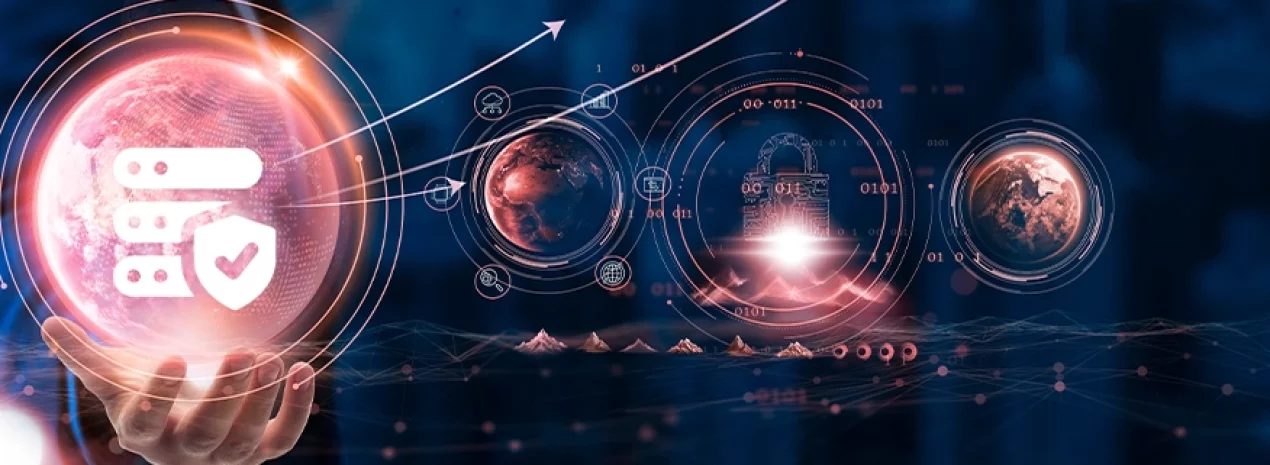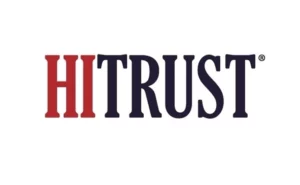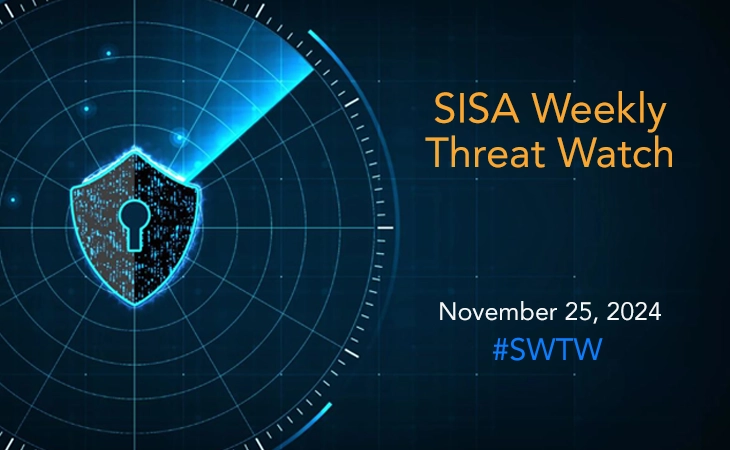
Navigating SEBI’s CSCRF: A Focus on SOC Compliance
In August 2024, the Securities and Exchange Board of India (SEBI) introduced the Cybersecurity and Cyber Resilience Framework (CSCRF) to enhance the security of its regulated entities (REs). A key requirement under this framework is the establishment of a Security Operations Center (SOC) for continuous threat monitoring and incident response.
Deadlines to comply with this mandate are:
- January 1, 2025: For REs already under SEBI’s earlier cybersecurity guidelines.
- April 1, 2025: For REs covered by the CSCRF for the first time.
Smaller and medium-sized financial institutions, particularly those without in-house SOCs or experience with Managed Security Service Providers (MSSPs), face a steep challenge in meeting these requirements. Understanding the purpose and objectives of the CSCRF is essential for a strategic compliance approach.
Why SOC is at the Core of SEBI’s Framework
SEBI’s CSCRF aims to build a unified, resilient cybersecurity posture across its REs, including stock exchanges, clearing corporations, and depositories. SOCs play a critical role by ensuring 24x7x365 monitoring and response to cyber threats, safeguarding critical systems and sensitive data.
For smaller REs, SEBI has allowed the use of Market SOCs (M-SOCs) established by larger exchanges like NSE and BSE. While these shared services provide basic compliance support, they may fall short in addressing the specific cybersecurity needs of individual organizations. This makes choosing the right SOC approach crucial for long-term resilience.
Compliance Meets Cybersecurity: A Unified Approach
In today’s regulatory landscape, compliance and cybersecurity are deeply intertwined. SEBI’s SOC mandate is not just about meeting standards—it’s about proactively mitigating risks. The requirement to integrate SOC capabilities should not just be seen as a box to tick by REs. By embedding cybersecurity measures into compliance, the CSCRF ensures REs protect critical infrastructure while fulfilling regulatory requirements.
Why Smaller REs Should Evaluate Their SOC Options
Market SOCs are a practical option for basic compliance, but they come with limitations that could impact an RE’s cybersecurity posture:
- Limited Customization: Market SOCs operate with standardized configurations, which may not address the unique risk profiles of individual REs. A dedicated SOC can be tailored to specific needs.
- Reactive Approach: Market SOCs focus on compliance-driven monitoring, often lacking the proactive threat-hunting capabilities needed to pre-empt sophisticated attacks, which could just mean compliance without ensuring true security.
- Control and Visibility: Using a shared SOC may limit access to critical security data, while a dedicated SOC offers better visibility and faster decision-making.
- Scalability: As organizations grow, their cybersecurity needs evolve. Dedicated SOCs can scale with these changes, unlike the fixed offerings of Market SOCs.
- Advanced Compliance Support: Dedicated SOCs go beyond basic compliance, integrating deeper regulatory alignment and preparation for audits. With the increasing complex regulatory landscape, this is an essential requirement for smaller REs.
- Cost Efficiency Over Time: While Market SOCs may appear cost-effective initially, the inability to address sophisticated threats or scale effectively could lead to higher long-term costs. The costs paid to consumers and in fines in the event of a data breach, will far outweigh the comparative cost of a dedicated SOC.
By carefully evaluating their needs, smaller REs can determine whether a dedicated SOC offers better alignment with their goals for both compliance and security.
MXDR is a combination of detection, analysis and response
Managed Extended Detection and Response (MXDR) enhances SOC effectiveness by unifying threat detection, analysis, and response into a seamless framework. Unlike traditional security solutions, MXDR leverages real-time analytics and machine learning to identify and mitigate threats proactively. Key advantages include:
- Advanced Threat Detection: MXDR connects data across systems to detect sophisticated, multi-vector attacks. This is primarily done by the threat intelligence fed into it, allowing it to stay updated on current threat actor patterns.
- Real-time Response: Continuous monitoring and automated actions minimize damage during incidents. With suspicious activity flagged immediately, it serves as an early warning/response system when human eyes cannot give an intrusion attention. A key advantage over other types of solutions.
- Compliance Support: Comprehensive logging and reporting, a feature that streamlines regulatory adherence.
Integrating MXDR into a SOC enables organizations to meet SEBI’s requirements while significantly improving their cybersecurity defenses.
Key Benefits of MXDR Solutions over other market solutions
Comprehensive Threat Detection
Modern cyber threats are becoming increasingly sophisticated, often slipping past traditional security measures. MXDR addresses this challenge by pulling data from a variety of sources—like endpoints, network traffic, and cloud systems—and piecing together a full picture of the threat landscape. This comprehensive approach enables it to detect complex, multi-step attacks that might otherwise go unnoticed.
For instance, instead of merely flagging a single suspicious email, an MXDR solution can connect the dots between that email, an unusual login attempt, and a sudden surge in data downloads. This correlation of seemingly unrelated events can uncover advanced, coordinated threats, giving organizations a vital edge in an age where organizations seem to be losing the good fight.
Real-time Visibility and Response
In cybersecurity, every second counts. MXDR’s ability to continuously monitor systems ensures that potential threats are spotted the moment they arise. What sets it apart is its ability to respond to these threats in real time. For example, if an anomaly is detected, MXDR can immediately isolate the affected device, block a malicious IP address, or escalate the incident to the security team for further investigation.
This rapid response minimizes the time attackers have to cause harm, drastically reducing the likelihood of a data breach or system compromise.
Advanced Analytics
MXDR leverages artificial intelligence (AI) and machine learning (ML) to do the heavy lifting when it comes to analyzing vast amounts of security data. This isn’t about just crunching numbers—it’s about recognizing patterns and uncovering anomalies that might signal a potential threat.
Take insider threats as an example. Suppose an employee suddenly starts accessing sensitive files they’ve never touched before, or downloads far more data than usual. MXDR’s analytics can spot these red flags and trigger alerts, giving security teams the chance to step in before any damage is done.
Regulatory Compliance Support
Meeting regulatory requirements, like those under SEBI’s CSCRF, can be a daunting task. Certain MXDR solutions simplify auditing by integrating compliance tools directly into their platform. Automatically logging all security events, generates detailed reports, and provides real-time compliance dashboards.
This means organizations can focus on improving their security rather than worrying about audit paperwork. When regulators come knocking, having all the necessary documentation ready and accessible is a huge relief.
Why a Unified Compliance and Cybersecurity Approach Works
Streamlined Processes
One of the biggest challenges organizations face is the siloed nature of compliance and cybersecurity teams. When these functions operate separately, there’s often duplication of effort—like running similar assessments twice or maintaining parallel documentation. A unified approach eliminates these inefficiencies.
For example, a unified team can use a single risk assessment to satisfy both regulatory requirements and internal security needs. This not only saves time but also ensures everyone is working toward the same goals.
Cost Efficiency
Maintaining separate teams, tools, and processes for compliance and cybersecurity can get expensive fast. By integrating the two, organizations can cut down on overlapping expenses. For instance, instead of buying separate tools for monitoring compliance and cybersecurity, they can invest in one platform that covers both.
This streamlined approach not only reduces direct costs but also lowers operational overhead. Teams spend less time on redundant tasks, freeing them up to focus on higher-priority issues.
Enhanced Security Posture
When compliance and cybersecurity work together, the result is a stronger overall security framework. Many regulatory requirements—like continuous monitoring, incident response, and vulnerability management—are also best practices for a robust security strategy.
Take SEBI’s CSCRF mandate for establishing a SOC. While it’s primarily a compliance requirement, a well-run SOC also improves an organization’s ability to detect and respond to cyber threats. This alignment means organizations aren’t just ticking boxes for audits—they’re actively reducing risk and strengthening their defenses.
The Future of Compliance and Cybersecurity
The convergence of compliance and cybersecurity is expected to deepen as regulatory bodies worldwide recognize the critical role of cybersecurity in maintaining financial stability. Emerging trends like proactive threat hunting, advanced analytics and continuous monitoring are becoming critical to maintain a robust security posture.
Organizations that adopt a unified approach to compliance and cybersecurity, leveraging solutions like MXDR, will be better positioned to navigate these evolving requirements. Organizations can ensure they meet regulatory standards while maintaining a strong defense against cyber threats. Partnering with experts like SISA provides the guidance and tools necessary to navigate this complex landscape, ensuring both compliance and security in an ever-evolving digital world. Click here to understand how SISA can help you meet your SOC compliance requirements.
Latest
Blogs
Whitepapers
Monthly Threat Brief
Customer Success Stories
 USA
USA India
India APAC
APAC Middle East
Middle East Global
Global






 Facebook
Facebook Linkedin
Linkedin  X
X Youtube
Youtube








